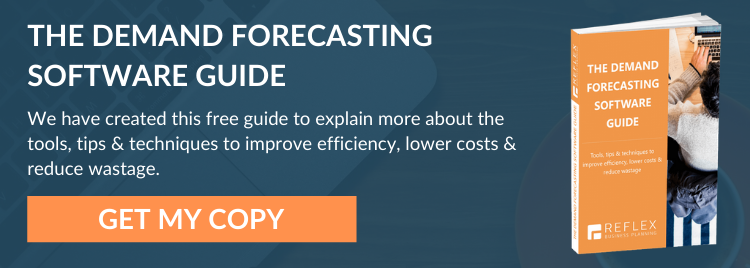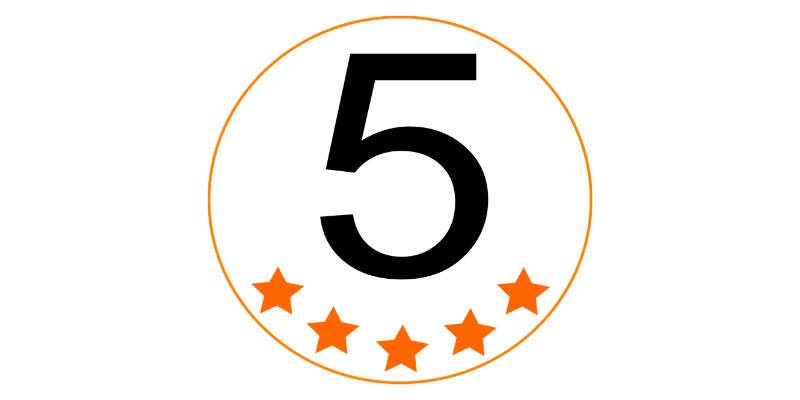Forecasting software is undergoing a dynamic era of evolution. With 2019 seeing increasing numbers of businesses recognising the value of the cloud to store, analyse, and keep data secure, many are asking which developments are on the horizon. What does the future of forecasting software look like? Read on.

1) Proactive Prices
Cloud-based software is already known for its pricing flexibility. The philosophy is that business owners should only pay for the services that they use. This means abandoning complex contracts, bundles with unnecessary extras, and sky-high prices. Instead, cloud-based forecasting software is available on a demand basis. In 2020, organisations will be able to harness the benefits of fair costs and scalable services.
2) Simplified User Access
The art of dynamic forecasting software is in bringing together multiple information flows into a seamless dialogue. This means that larger numbers of stakeholders both contribute to, and can access, the data they require. However, for this to work effectively, access needs to be straightforward and intuitive. In 2020, the collaborative possibilities of simplified user access are going to become increasingly powerful.
3) The Value Of Automation
AI has great potential to reduce errors, increase efficiency, and optimise data. By making automatic calculations, modern cloud-based forecasting can offer a 360o view of how various elements of an organisation are functioning. Companies can see their current, past, and projected future performances in the knowledge that the data has water-tight accuracy. This improves the decision-making process. In 2020, the increasing move towards AI computation will see tighter planning throughout the supply chain, leading to enhanced forecasting capabilities.
4) Greater Security
As the cloud enters its second decade, security has never been more in focus. Seismic shifts in cybercrime, GDPR demands, and data value mean that the cloud is at the forefront of organisational security. When it comes to demand forecasting software, security requirements have never been higher, and service providers have responded to this with rigorous management and investment. 2020 will be a year that continues to see increased innovation in data security strategies, keeping increasing numbers of companies safe and secure.
5) Rapid Data Back-Up Retrieval
The digital world can be a Wild West experience for many organisations. This can be nail-biting for SMEs that rely upon the Internet for day-to-day trade, accounting, and demand forecasting. The cloud already offers real-time data backup, meaning that if the worst should happen, no data is lost forever. However, retrieving access to backed-up data can be frustratingly slow. In 2020, the availability of rapid retrieval of data looks to become available to more organisations, helping to protect the frontline of digital trade.
What Next?
The future of cloud-based demand forecasting looks to be a bright one. To find out how to ensure that your company experiences the benefits, give us a call today.

